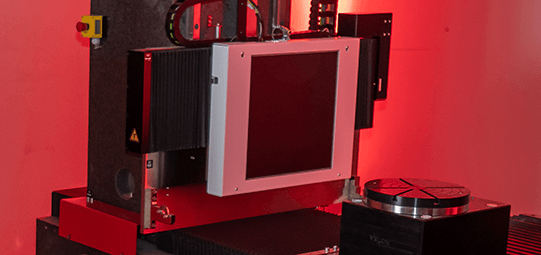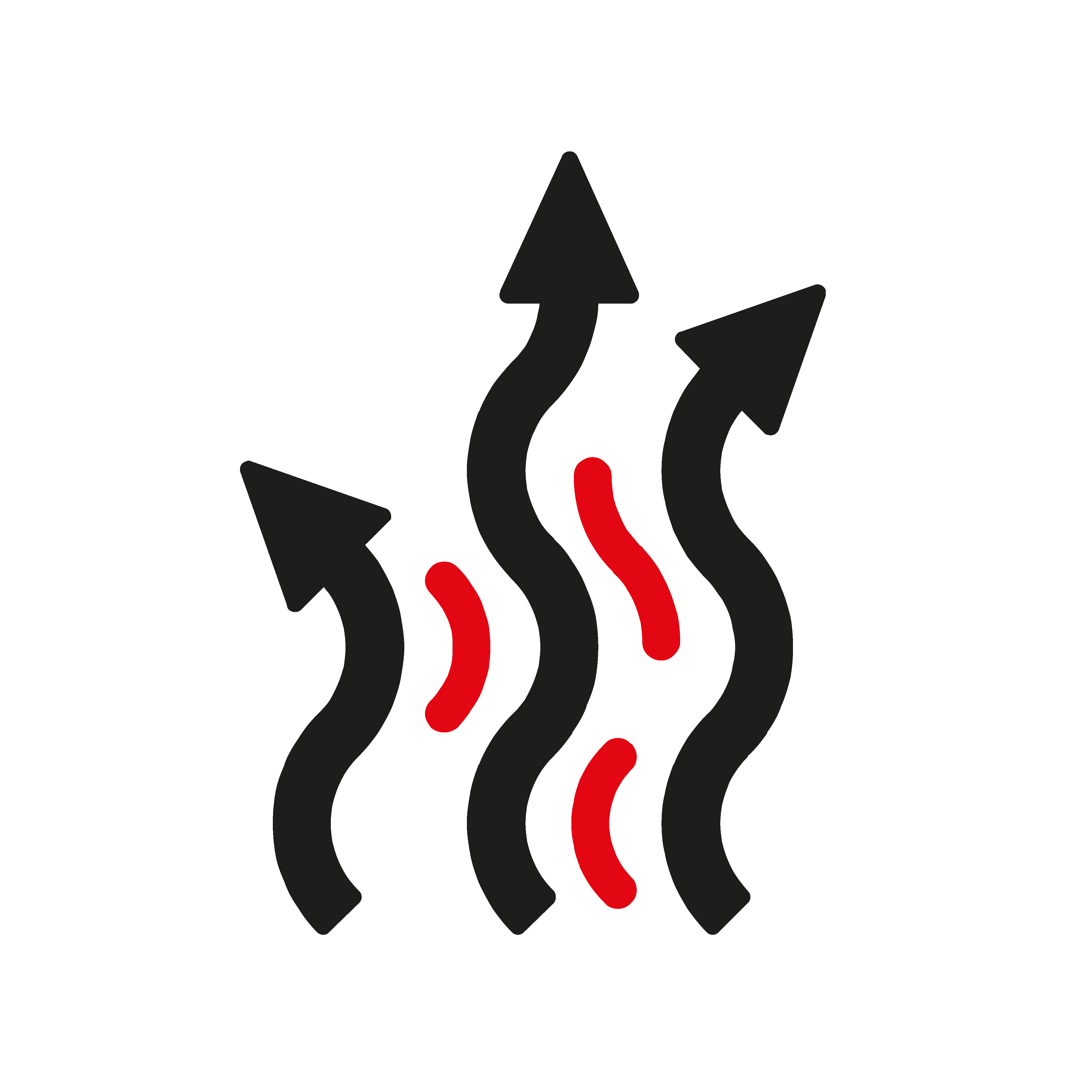Solution: Risk-Based Inspection (RBI)
The RBI approach offers several significant advantages:
- Focus on high-risk piping/equipment: Ensures that the most critical areas receive the attention they need.
- Limitation of required inspections by clustering and selection of reference piping: Improves efficiency.
- Use of the most appropriate inspection techniques for the occurring failure mechanism: Matches techniques to specific risks.
- Response to government demands: Controls risks associated with piping and equipment.
In-depth study of potential failure mechanisms
First, corrosion engineers conduct an in-depth study of potential failure mechanisms. By understanding these mechanisms, they can bundle piping with similar process-medium conditions. This bundling, combined with an analysis of the consequences of failure, establishes a system that promotes targeted inspections. TÜV AUSTRIA Belgium brings expertise in corrosion, inspections, and inspection methods to assist its customers throughout this process.
Mapping the piping
To map the piping, each pipe is identified based on Piping and Instrumentation Diagrams (P&IDs) and Process Flow Diagrams (PFDs). Available data such as diameter, material, original wall thickness, medium, and inspection history are recorded. This detailed mapping lays the groundwork for the subsequent steps.
Performing corrosion study of piping by use of loops
Next, a Damage Mechanism Review (DMR) is conducted using loops. By defining corrosion loops and clustering pipes with similar properties, the study can be systematically prepared. Each cluster within every corrosion loop undergoes this study, resulting in a list of potential degradation phenomena for the different pipes. The study also estimates a degradation rate or probability of failure for each scenario.
Implementing the risk of failure
Following the DMR, the risk of failure is assessed. For each pipe or cluster, the consequence of failure is defined. This estimation considers the hazards related to the medium used and the pipe’s necessity within the process, which includes its economic value. Typically, the customer drives this determination of the consequence of failure.
Result: an inspection plan with periodicities
Finally, an inspection plan with periodicities is generated. Depending on the location within the risk matrix, a specific plan is developed for each group of pipes. This plan includes a number of inspection locations and recommended inspection techniques. TÜV AUSTRIA Belgium can perform many of these inspections, ensuring that the process is executed with precision and expertise.
In summary, the RBI approach by TÜV AUSTRIA Belgium offers a structured and efficient way to manage the inspection of complex piping systems. By focusing on high-risk areas and utilizing targeted inspection techniques, it ensures that safety and compliance are maintained while optimizing inspection efforts.
















